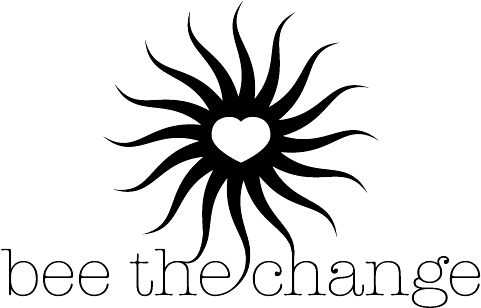pollinator of the month: the honeybee
Image Source: Hannah Quinn
Apis Mellifera: The Honeybee
Image Source: http://www.southernexposure.com/borage-1-g-p-619.html
Preferred Habitat: Honeybees thrive in orchards, meadows or gardens with a varied and abundant supply of flowering plants.
Favorite Plants: Honeybees collect pollen and nectar from a wide variety of flowers; one favorite is borage, shown at right.
Members of the Colony: Honeybee colonies are famous for their exceptional cooperation and highly-ordered social structure. The queen is the single reproductive female of the colony, and can lay as many as 2,000 eggs per day. Other members of the colony include workers, who take on different roles in the hive as they age, and drones, who mate with the queen.
What They Do for You: Honeybees help pollinate flowers in your garden or orchard, ensuring a bountiful harvest of vegetables and fruits. And, of course, they produce all the wonderful honey that sweetens our foods and drinks -- even though one honeybee produces only about 1/12 teaspoon of honey in their lifetime!
Fun Fact: The standard, hexagonal shape of honeycombs provides an excellent example of the ordered, efficient nature of honeybee colonies. This characteristic hexagonal structure is the most efficient use of wax, allowing the honeybees to create the maximum number of cells from this valuable material.
To Learn More: Sources
https://www.nationalgeographic.com/animals/invertebrates/h/honeybee/


